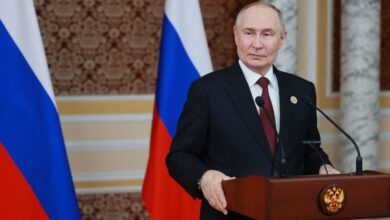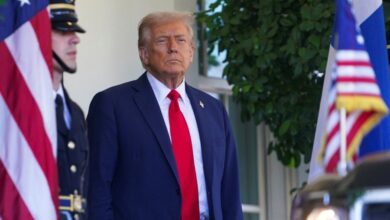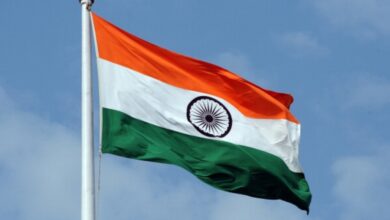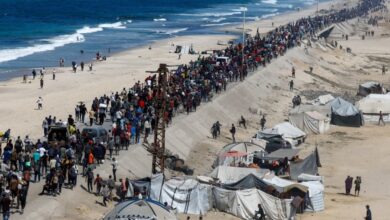Largest election in the world kicks off in India
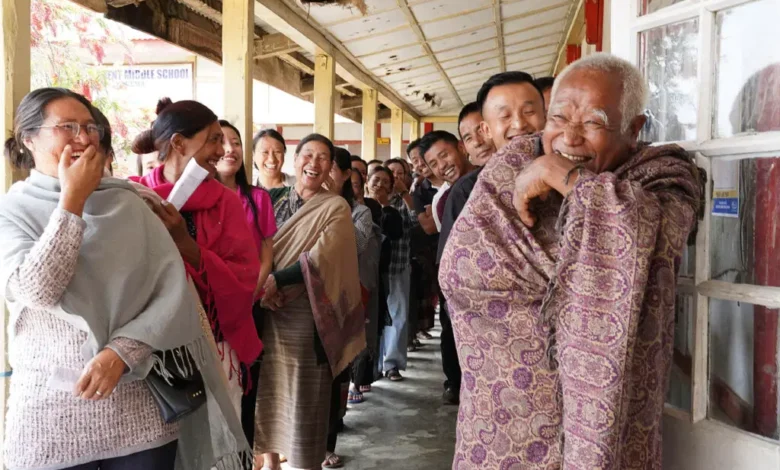
Voting began on 19 April for what is decidedly the largest-election ever in recorded history. Almost one billion people are eligible to vote in the election, which will be conducted in seven phases. Elections are slated for completion on 1 June and votes will be counted on 4 June.
India’s population of over 1.4 billion makes it the world’s most populous country and democracy, and with a youthful, growing population and increasing female participation in politics, the ongoing election is expected to witness significant ‘first-time’ voters. There are over 970 million eligible voters, and more than a million polling stations are spread across a vast, geographically diverse country. While some constituencies have more than a million registered voters, others, in distant rural areas especially in the hilly regions can have fewer than hundreds.

Voter fatigue seen in other democracies does not appear to have made a dent to the popular enthusiasm for democracy in India. Popular support for participatory democracy in India can be evidenced in turnouts — the last General Election in 2019 saw a turnout of over 67 percent and in recent regional elections turnouts of over 70 percent have been recorded in some of the larger states.
Pollsters predict that incumbent Prime Minister Narendra Modi is likely to be reelected for a rare, third term. Bharatiya Janata Party (BJP), the party headed by the prime minister, is aiming for a third term in power, following election triumphs in 2014 and 2019. BJP’s popularity has been fuelled by India’s growing economic prosperity, reflected in the manifesto’s focus on issues such as job creation and improved infrastructure.
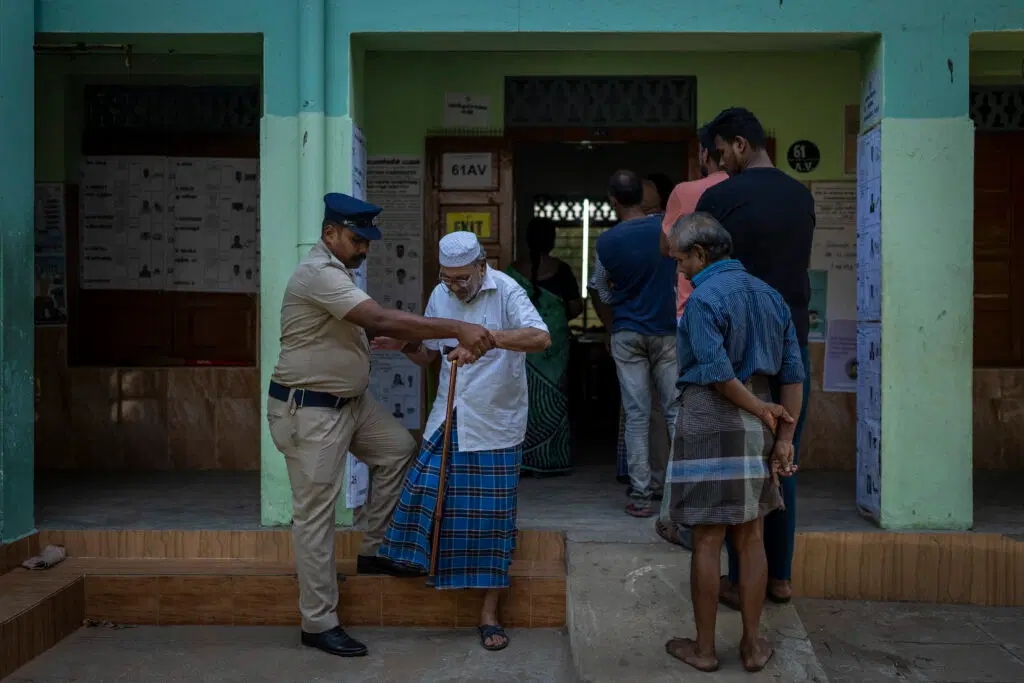
Prime Minister Modi’s leadership is also a major factor in BJP’s success. According to Morning Consult Pro’s Global Leader Approval Rating Tracker, as of March 2024 PM Modi currently enjoys by far the highest approval ratings of any world leader — 75 percent well ahead of second-placed Javier Milei of Argentina, at 66 percent.
Forecasts show that the leading opposition will come from a super-party called – appropriately enough – INDIA, a broad coalition of mainly center-left regional and national parties. INDIA is led by the Indian National Congress, the major force in Indian politics for decades before and after independence until the 2014 General Election.
Regardless of the outcome, what is certain is that the 2024 General Election will be an impressive showcase of democracy, with 15,000,000 polling stations and security staff operating and protecting 1.5 million polling booths, with the aim of reaching every corner of this vast country.
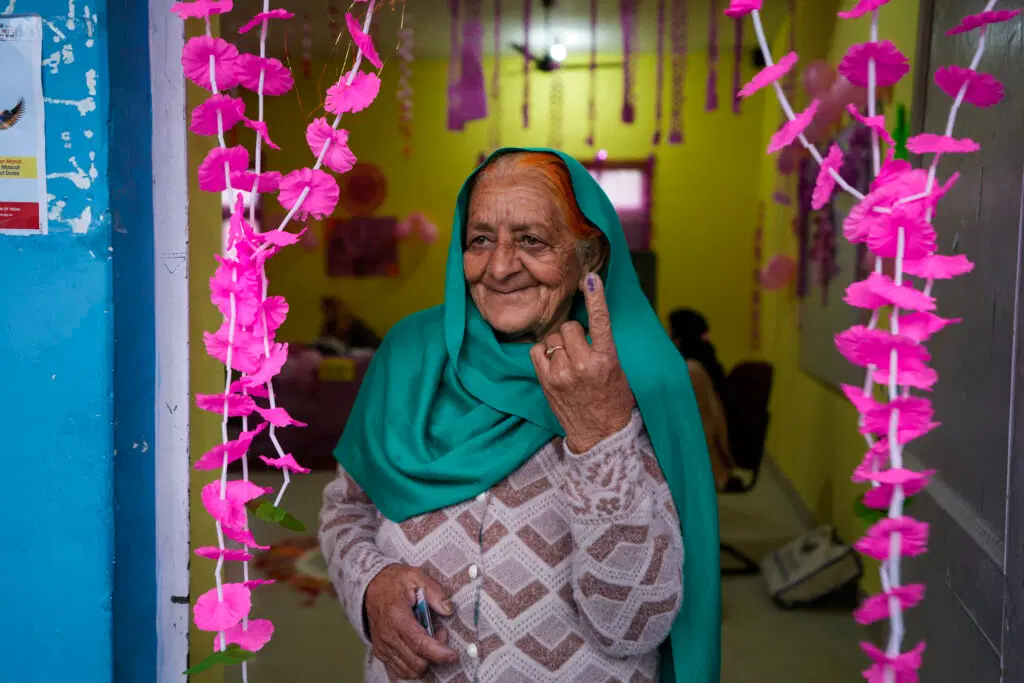
Many people resonate with Modi’s humble beginnings. Voters like Vikas Sharma, who runs a small cable TV business in Jaipur, credit Modi for providing welfare benefits to the poor, such as food and medicine. He also praises Modi for reducing corruption and developing infrastructure, like improving India’s roads.
Sharma said that Modi is elevating India’s position on the world stage and that he is the only person equipped to take India forward. But that does not mean that Modi’s government is without criticism. Despite steady economic growth, India has not been able to create enough jobs for its growing population, particularly for young people. Even for Modi supporters, unemployment is a top concern.









